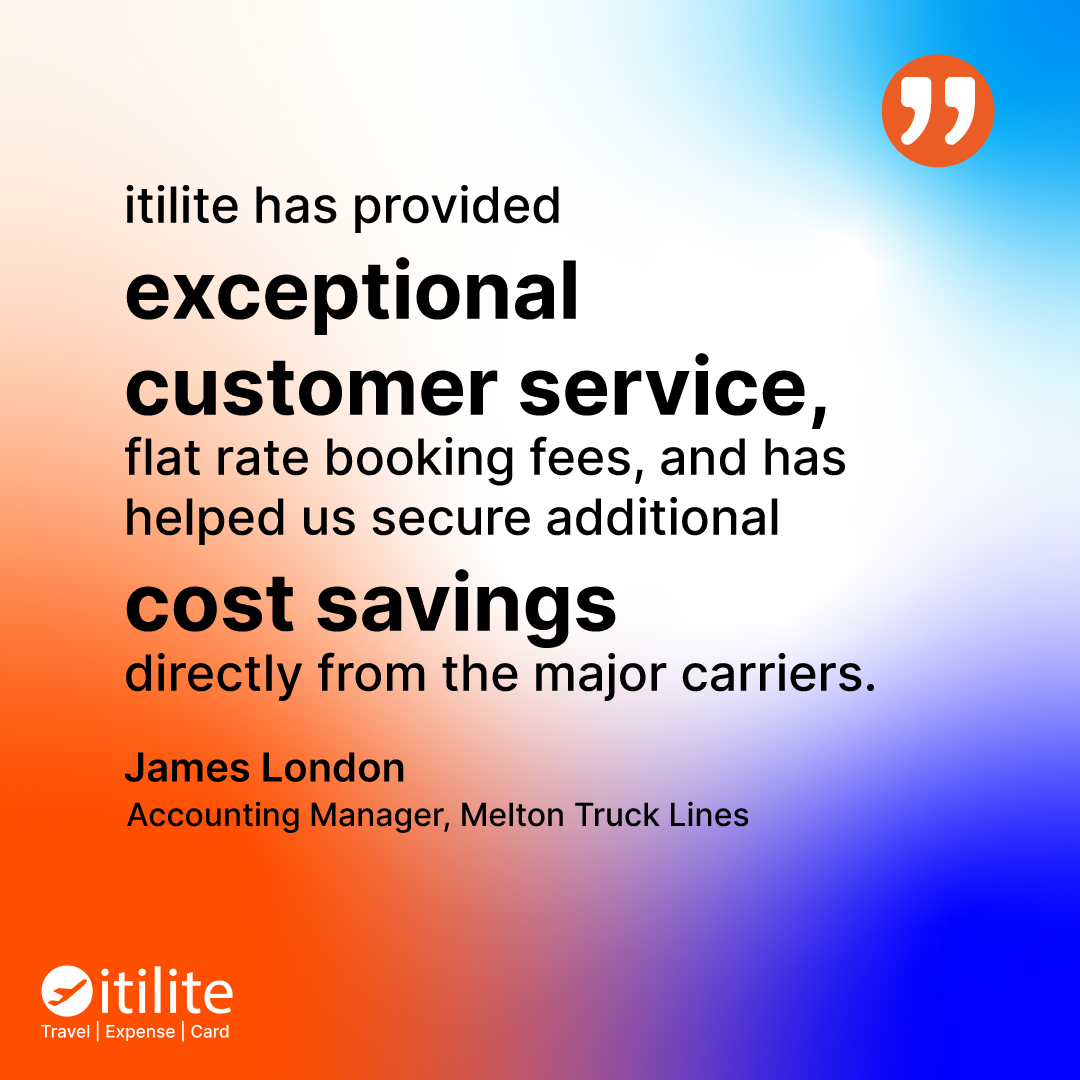
When managing an e-commerce business, every rupee is important. Accurately tracking and categorising expenses is essential for understanding financial outflows and making informed financial choices. While it might seem tedious, properly organising your expenses will benefit you long-term.
This detailed guide will outline on how to categorise expenses for your e-commerce business. We’ll also share tips on the best ways to categorise these costs to analyse your spending patterns and budgets. An effective expense tracking system will give you financial insights to help your business succeed.
Let us look at the various expenses in the e-commerce space and learn how to categorise expenses:
Fixed Vs. Variable Expenses
One of the most fundamental distinctions to make when categorising expenses in e-commerce is between fixed and variable expenses. This will help you understand how your costs scale as your business grows.
Fixed expenses stay the same regardless of sales or output volume. For example, rent for your warehouse or office space is usually a fixed cost, as is the salary you pay yourself or your employees. You have to pay these expenses even if you don’t make any sales in a given month.
Variable expenses are costs that change according to sales or production volume. For instance, payment processing fees are variable because they rise with an increased number of transactions. Similarly, shipping expenses are variable as they grow when you ship more products due to higher sales volumes.
Some common fixed costs in e-commerce include:
- Rent
- Salaries & benefits
- Office Supplies
- Software subscriptions
- Insurance
Some variable expenses include:
- Cost of goods sold
- Merchant processing fees
- Shipping & fulfillment
- Marketing expenses like ads
- Packaging materials
Knowing the difference between fixed and variable expenses allows you to predict how your total costs will change as sales grow or decline. This helps with budgeting and ensuring the business model is profitable. You will also understand how to categorise expenses for e-commerce based on fixed and variable.
Direct vs. Indirect Expenses
During expense categorisation in e-commerce, it’s essential to understand how to categorise direct and indirect expenses.
Direct expenses are costs directly attributed to producing or acquiring a specific product or service. Some examples of direct expenses for an e-commerce business include:
- Product costs – What you pay suppliers for inventory
- Shipping costs – What you pay for shipping products to customers
- Payment processing fees – Fees for processing customer payments
- Packaging costs – Materials to package products for shipping
Indirect expenses are costs not directly tied to a specific product or service. Indirect expenses are often called “overhead costs” and support the business’s general operations. Some examples of indirect expenses include:
- Rent – Costs for warehouse or office space
- Utilities – Electricity, gas, water, etc.
- Insurance – Property, liability, etc.
- Accounting fees – Fees paid to an accountant or bookkeeper
- Office supplies – General supplies like paper, pens, computers, etc.
The critical difference is that direct expenses can be traced back to a specific product/service, while indirect expenses are more general operational costs. Knowing how to categorise expenses for e-commerce will provide valuable insights into the profitability of particular products and the overall health of your e-commerce business.
Cost of Goods Sold (COGS)
Cost of Goods Sold (COGS) refers to the direct costs of producing a company’s goods or services. It includes all expenses directly tied to production, such as:
- Raw materials – the components or ingredients needed to manufacture a product. For example, fabric for clothing, wood for furniture, ingredients for food products, etc.
- Direct labor – the wages paid to employees directly involved in making the products. This includes factory workers, production supervisors, etc.
- Manufacturing overhead is other production costs, such as electricity, equipment rental, factory maintenance, and insurance on production facilities.
COGS does not include indirect expenses like administrative costs, marketing, or distribution. It only covers those expenses directly tied to creating the product itself.
Some common examples of COGS for e-commerce businesses:
- Online retailer – the wholesale cost of the merchandise, import duties, freight, and warehouse costs for stored inventory.
- Software as a Service (SaaS) – server usage, data fees, software licenses, and technical support for running the platform.
- Subscription box – the products included packaging shipping materials, and production labor.
- Online course creator – video production costs, course author fees, and course software.
Accurately categorising these direct production costs as COGS is critical for e-commerce accounting and determining profit margins.
One-Time Vs. Recurring Expenses
Understanding how to categorise expenses in e-commerce, it’s important to distinguish between one-time and recurring expenses.
One-time expenses are costs that occur only once and are not expected to occur regularly. These expenses are typically significant investments or purchases not repeated in business operations. Examples include buying new equipment, setting up a new office, or making a large-batch purchase of inventory.
Recurring Expenses are predictable costs that occur regularly and are necessary for a business’s ongoing operations. They are often paid monthly, quarterly, or annually. Examples include rent, utilities, salaries, and subscription services. Recurring expenses are integral to maintaining the business’s daily functions and long-term sustainability.
Examples include:
- Domain registration and website development
- Incorporation fees
- Purchase of equipment and tools
- Office furniture
- Custom branding assets (logo, branding guidelines, etc.)
Recurring expenses are costs you pay on an ongoing basis to run your e-commerce operations. These include:
- Hosting, domain renewal, and other web maintenance fees
- Subscription fees for tools and software
- Rent and utilities
- Payroll
- Inventory purchases
- Shipping supplies
- Marketing and advertising spend
Knowing how to categorise expenses for e-commerce allows you to budget appropriately. One-time costs are fixed setup costs, while recurring costs are variable operating expenses that fluctuate monthly.
Categorising expenses for e-commerce separately allows you to project future cash flow needs as your business grows accurately. Analysing one-time vs. recurring expenses will provide key insights into the overhead required to sustain and scale your e-commerce venture.
Logistics & Fulfillment Expenses
Logistics and fulfillment costs are essential expenses for any e-commerce business. The expense categorisation includes all the costs of storing inventory, packing, shipping orders, and delivering products to customers.
Some common examples of logistics and fulfillment expenses include:
- Warehousing and storage costs include renting warehouse space and storage facilities to hold your inventory. The more inventory you stock, the higher these costs will be.
- Fulfillment fees – Many e-commerce sellers outsource order fulfillment to third-party logistics (3PL) providers. These companies charge fees to pick, pack, and ship your customer orders for you.
- Packaging supplies – All the materials needed to package products for shipment, such as boxes, bubble wrap, tape, and labels.
- Shipping supplies – Packing slips, return labels, and other shipping-related supplies.
- Postage and shipping fees – The actual costs carriers pay to deliver packages. Shipping rates vary by carrier, delivery speed, and package weight.
- Delivery personnel – If you handle fulfillment in-house, the labor costs of employees involved in fulfillment.
- Returns processing – Fees related to receiving, processing, and reshipping customer returns. An allowance for returned/defective inventory may also be budgeted.
- Inventory management software – Tools to efficiently manage and track inventory across multiple locations and sales channels.
Learning how to categorise expenses is essential to maintaining profit margins in e-commerce. Evaluate different 3PL providers, negotiate shipping contracts, optimise packaging, and minimise returns to keep these expenses in check.
Let itilite Handle Your Company’s Expenses
This classification of expenses can help organisations stay up to date on every expense incurred and maintain financial records, improving the company’s overall growth. However, manual expense categorisation can be time-consuming and tedious, impacting productivity. You need robust expense management software to help with such tasks.
The itilite SaaS-based expense management software helps you seamlessly classify expenses and create expense reports. With itilite, you can streamline expense management for your business by automating expense reporting. The software lets your employees scan and submit their receipts on the go and automatically creates an expense report.
Schedule a demo now to learn more about how automated expense management works.

















